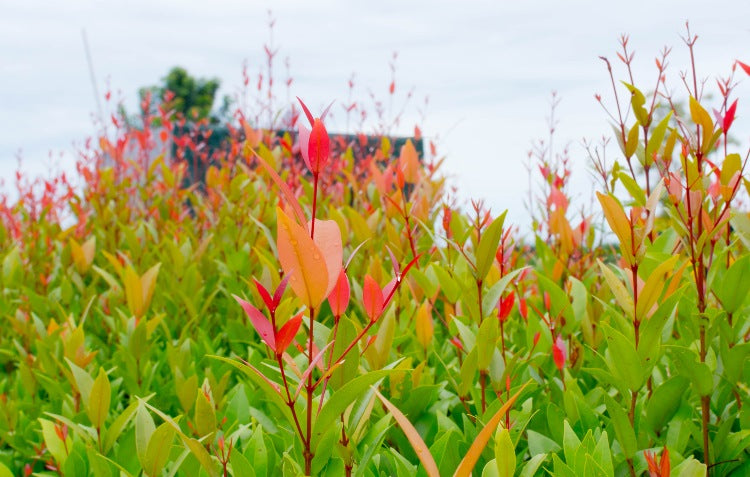What are hedging plants?
Hedges are plants that grow most often in rectangular shapes and are a popular option for creating privacy in the garden. They grow at a range of different heights and come in many eye-catching varieties. They can be planted directly into the ground or in pots, making them suitable for backyards of all shapes and sizes.Japanese box
The Japanese box hedging plant is a dense hedge with a more formal appearance than many other species. To grow this plant as a hedge, sow 40 centimetres apart and water every other week in well-drained soil. While Japanese box hedge plants are not the fastest to grow (taking three to five years to mature), they only grow up to one metre tall; therefore, they are best suited to path borders or creating a more formal garden landscape. It’s worth noting that Japanese box plants may become bronzed in colour when exposed to cold weather and bright days, particularly in autumn and winter. When spring comes around, apply some Hoselink Garden Fertiliser, and the vibrant green colour will soon return.
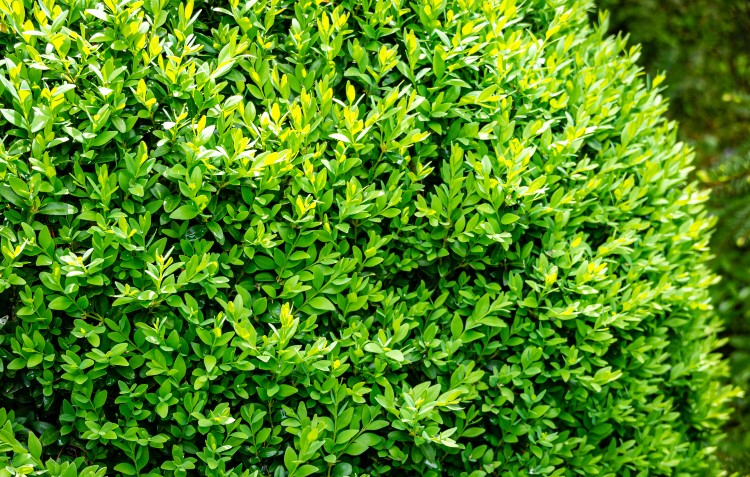
Murraya
This hedging plant is commonly grown for screening purposes as it can reach up to three metres tall. Murraya requires well-draining soil and plenty of sunlight, making it perfect for most Australian climates. It is important to remember that wind and extreme heat can cause the plant to become damaged by the conditions, so select the location accordingly. The Murraya hedge can be pruned to a spherical shape to add a bit of interest to your garden or a rectangular prism shape to optimise privacy. With regular watering and a small amount of pruning, this hedge will flower and flourish in your garden.

Lilly pilly
The lilly pilly hedging plant is a great way to create privacy outside and add beautiful foliage to your garden. The plant’s flowers blossom in gorgeous shades of pink, cream, peach and bronze. The cascade lilly pilly is non-invasive, making it a great candidate for planting close to your home as you can avoid disturbing any other plant life. This hedging plant is versatile enough to grow in part or full sun and responds well to regular pruning. This hedging plant is also incredibly versatile and can withstand harsh Australian conditions.

Sweet viburnum
The sweet viburnum hedging plant species makes for a great feature or screening plant. The evergreen plant grows densely and features small white flower clusters throughout its matte green leaves. This hedging plant has the appeal of being fast to establish and tall, reaching between two and four metres in height. This plant is better suited to mild, wet climates in Australia, such as those found in southern Victoria and some parts of New South Wales. While the plant cannot tolerate drought, it will survive in frost if your garden is subject to it. Sweet viburnum hedges are quite low maintenance; pruning will only need to be done twice per year, and it can thrive in well-drained soil as long as it is not salty. Sweet viburnum plants like to be mulched and fertilised using a slow-release fertiliser.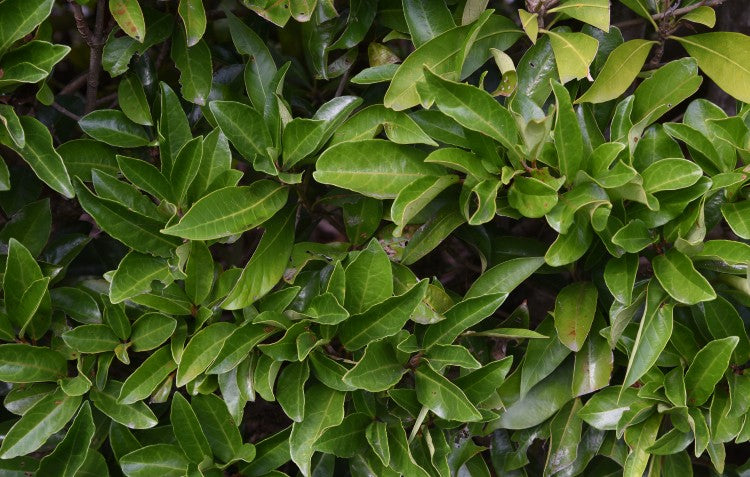
New Zealand Christmas bush
If you’re looking for something to act as a wind block, the New Zealand Christmas bush is a hedging plant very tolerant of windy conditions. Whilst it is not a native, it is resistant to salt, making it ideal for coastal environments. This plant blooms with vibrant red flowers that attract an array of birdlife to their nectar. It can grow up to five metres high and five metres wide, and a single one of these plants will provide plenty of coverage in your garden. To care for this plant, position it in full or partial sun with well-drained soil. Be sure not to over-prune after flowering and fertilise with Hoselink’s Seaweed Tonic after planting and Hoselink’s Garden Fertiliser at the beginning of spring.
Wisteria
If you need some shade cover, wisteria is a unique form of hedging plant, blooming with bright purple flowers while also providing privacy. This climbing plant comes in many different species, but ultimately, they all require the same care. Wisteria will take a few years to flower, but once it does, it will provide an explosion of colour and heady fragrance all summer long. Keep in mind that these plants like to stay cool and moist at the roots with full sun on top. Wisteria’s sweet scent will attract a plethora of bees and butterflies to your yard. This fast-growing plant needs support to grow, such as an archway, veranda, pergola, wall, or fence. Wisteria can become quite heavy, so it is essential to ensure the plant is supported constantly. Wisteria should be watered regularly during dry periods and pruned twice a year – once in summer after flowering and again in autumn.

Tom Thumb
Tom Thumb is a fast-growing dwarf hedge species. If you are looking for a quick, low-maintenance solution, Tom Thumb is the plant for you! This plant can be pruned to look formal or informal, depending on the look and feel you are after. While Tom Thumb hedges only grow to approximately 50 centimetres, they make a great statement at an entryway or in a row as a low fence. To get the best result, plant the hedge in well-drained soil. This plant also loves regular fertilising and is drought tolerant, meaning regular watering is not required. Tom thumb hedge plants are perfect for smaller homes or apartments where you may still want to include a low maintenance hedge.
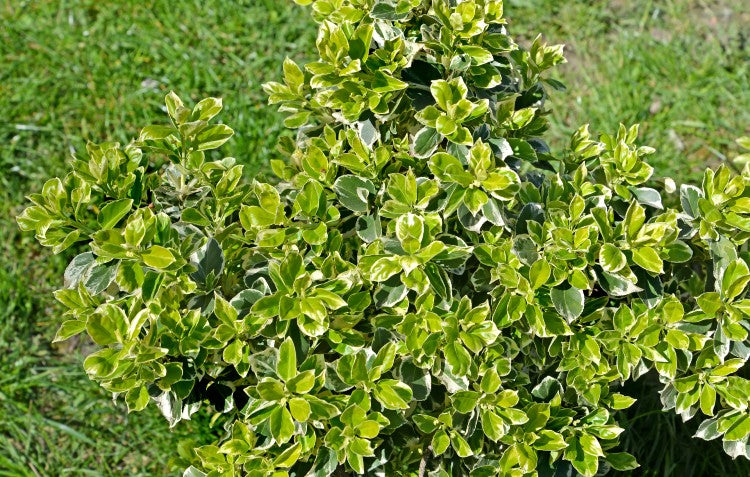
Hebe Beverly Hills
The Hebe Beverly Hills plant is a fast-growing hedge made up of primarily dark blue and violet flowers. This hedging plant only has a moderate water requirement, perfect for dryer locations. Hebe Beverly Hills grows to approximately 1x1 metre and should be pruned after flowering. It also works well as a standalone plant or as a cluster to create a screen or border. This hedging plant thrives in most environments, but particularly hot and mild tropical regions.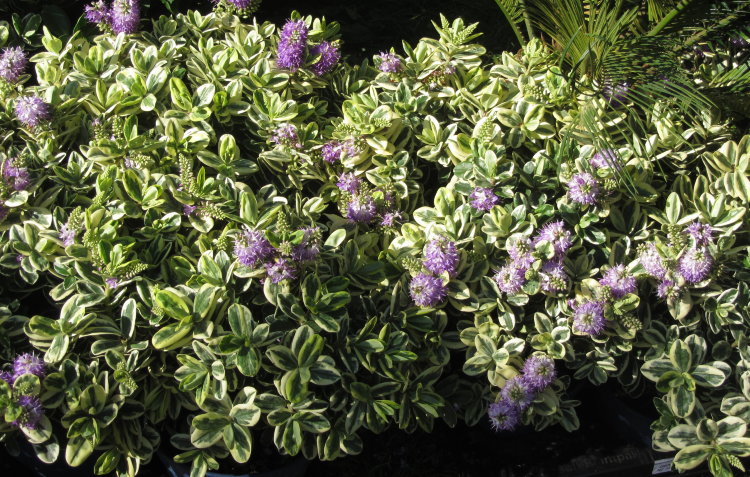
Snow maiden
This low-maintenance hedging plant thrives in almost any climate and is tolerant of wind, frost and salt. Snow maiden is dense with year-round dark green foliage and tiny pink-white star-shaped flowers that appear in spring. In summer, the flowers turn into dark blue berries. Pruning can be done at any time of year that the flowers aren’t blooming. This hedge should be planted in full sun with some chunky mulch to assist in growing. 
Gardenia
If you are after a flowering hedge that’s not as colourful, the gardenia is a perfect option. Among the glossy green foliage that appears in spring and summer, this hedge will also flower with stunning white blooms that emit a pleasant fragrance. This hedging plant should be kept moist but not wet and should be fertilised with a high-potassium fertiliser like Hoselink’s Seaweed Tonic between autumn and winter. The gardenia plant responds well to pruning regularly and thrives in a mild or humid climate.
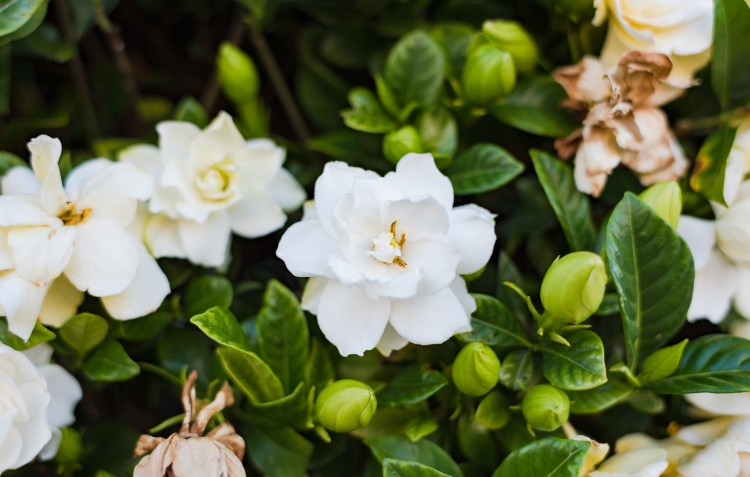
If you’d like to learn more about hedging plants, check out Hoselink Horticulturist Ben Hayman’s Hedges Masterclass video here.

